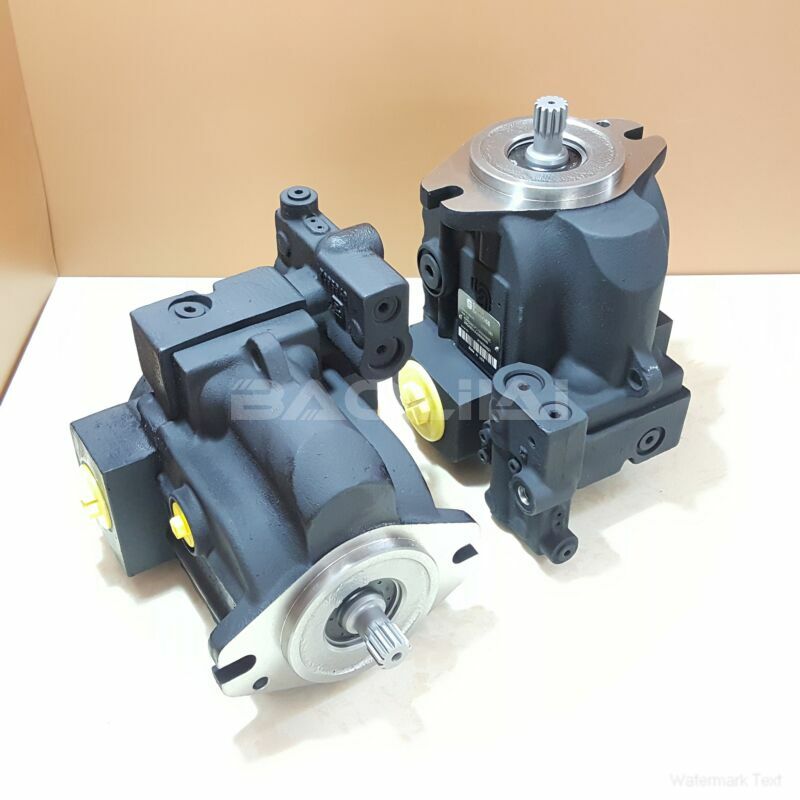LRR030DLB1020NNN3C2BGA6NPLBNNNNNN high pressure pump
LRR030DLB1020NNN3C2BGA6NPLBNNNNNN high pressure pump

- Product Details
- Applicable Scene
Hydraulic excavation systems are essential in various industries, from construction to mining, where precision and power are crucial for efficiency and safety. Among the key components that enhance the functionality of these systems are piston pumps. These pumps have revolutionized how hydraulic systems operate and have become integral in achieving the precision necessary for modern excavation tasks.
LR-R-030D-LB-10-20-NN-N-3-C2BG-A6N-PLB-NNN-NNN
LRR030DLB1020NNN3C2BGA6NPLBNNNNNN
Piston pumps are characterized by their ability to generate high pressure while maintaining a compact design. They operate based on the principle of positive displacement, where a piston moves within a cylinder to draw hydraulic fluid in and push it out. This mechanism allows for a steady flow of fluid, which is essential for controlling the hydraulic actuators that move and position excavating arms and attachments. The precise control over flow rates and pressures provided by piston pumps is paramount for tasks that require a delicate touch, such as grading or working near sensitive structures.

7005154S
One of the primary advantages of piston pumps in hydraulic excavation systems is their ability to deliver consistent performance even under varying load conditions. Excavation projects often involve dynamic changes in the load—shifting from lifting heavy materials to delicate movements. Piston pumps can adapt quickly to these changes, providing the hydraulic power needed without compromising precision. This adaptability makes them an excellent choice for excavators that need to perform multiple functions with accuracy.
Moreover, piston pumps can achieve higher hydraulic pressures compared to other pump types, such as gear or vane pumps. This capability allows excavators to operate more efficiently, enabling them to handle tougher materials and perform tasks that demand greater force, such as breaking rock or moving large boulders. The increased pressure also contributes to faster operation speeds, reducing cycle times and enhancing overall productivity.





